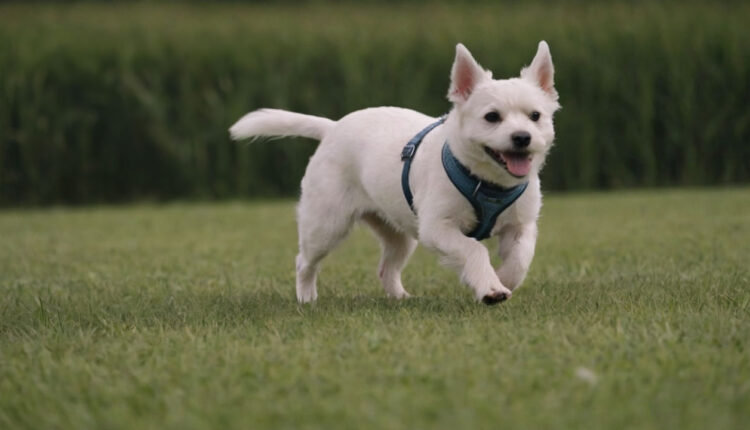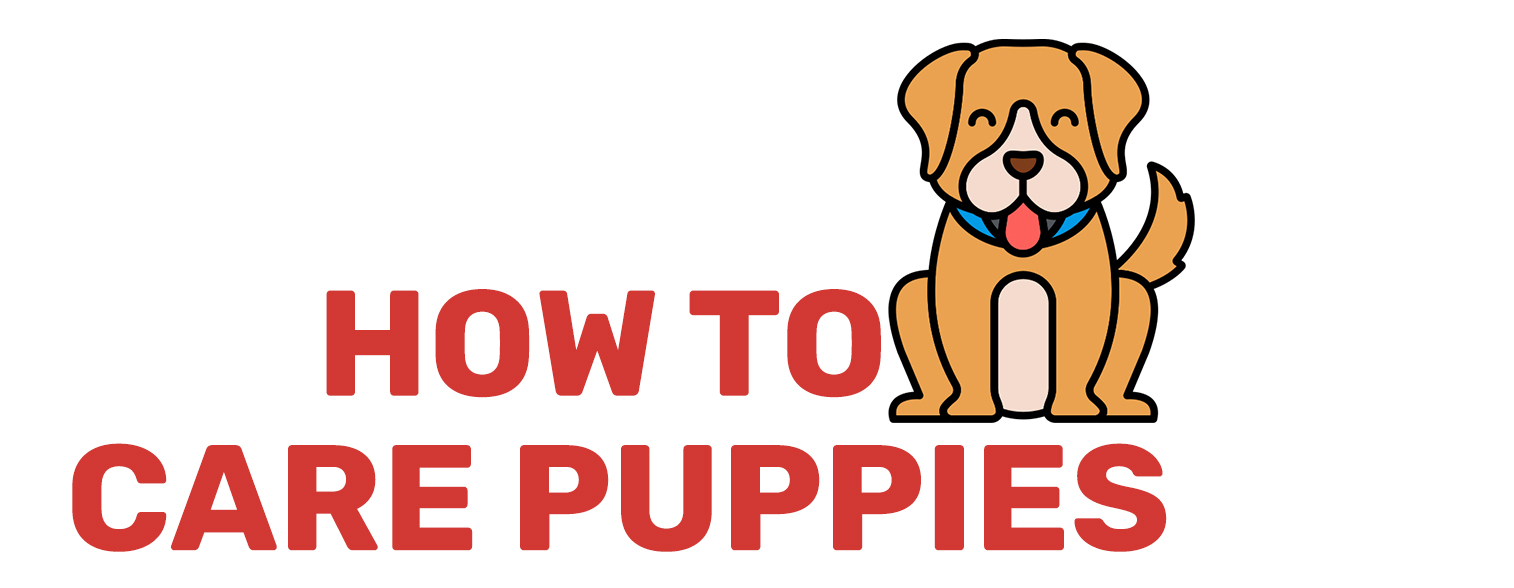
Effective Recall Training: Getting Your Dog to Come When Called
Training your dog to come when called, often known as recall, is an essential part of dog training that ensures your furry friend’s safety and responsiveness. Even in environments filled with distractions, it’s possible to teach any dog this critical skill. Here’s how you can achieve effective recall with your dog, ensuring they choose you over distractions every time.
Table of Contents
Start in a Familiar Environment
The first step in recall training is to start in a location where your dog feels comfortable, like your home. This minimizes distractions and sets both you and your dog up for success. Once your dog has mastered coming when called at home, you can gradually introduce more challenging environments, such as a busy park.
Use High-Value Rewards
Dogs are motivated by rewards, and using treats or toys that your dog loves can make training much more effective. Innovative toys and delicious treats can capture your dog’s attention and make the training process enjoyable. For instance, companies like Bark offer a variety of toys and treats that cater to different dog preferences, including durable toys for tough chewers and creatively designed toys to keep your dog engaged.
Build on Basic Commands
Recall training is more than just teaching your dog to come when called; it’s about building on foundational commands. Start with simpler commands like “leave it” or “look at me” to grab your dog’s attention away from distractions. These commands help in developing a dog’s ability to focus and can be critical in ensuring that your dog responds to the recall command in a distracting setting.
Practice Consistently and Gradually Increase Difficulty
Consistency is key in any form of training. Practice recall regularly and use positive reinforcement to reward your dog for obeying the command. As your dog becomes more reliable in responding to the recall at home, slowly increase the level of distractions by practicing in more challenging environments. This could include a park with other animals, people, and various smells.
Use Energetic and Positive Body Language
Your energy and body language greatly influence how your dog responds to commands. When calling your dog, use a cheerful and enthusiastic tone to make coming back to you the most appealing option. Positive body language, such as bending down to your dog’s level and showing excitement when they come to you, reinforces the behavior you want to encourage.
Keep Training Sessions Fun and Rewarding
Remember that training should be a fun and rewarding experience for your dog. Keep sessions short, exciting, and full of rewards. This not only keeps your dog interested but also reinforces their good behavior, making them more likely to respond positively in the future. If your dog enjoys fetch, incorporate it into training sessions as a way to practice recall, rewarding your dog with a throw after they come to you.
Conclusion
Training your dog to come when called is crucial for their safety and your peace of mind. By starting in familiar environments, using high-value rewards, and building on basic commands, you can teach your dog to prioritize your call over any distractions. Remember, consistency, patience, and positive reinforcement are the keys to successful dog training.
